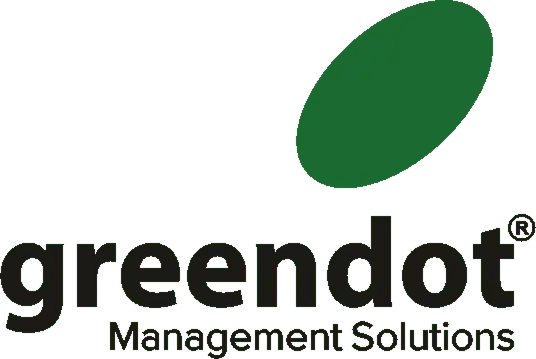Quality Circle is a group of employees within an organization who come together to identify, analyze, and solve work-related problems. The primary goal of Quality Circle is to improve quality and productivity, reduce costs, and enhance the overall work environment. Quality Circle is an essential component of Total Quality Management (TQM), a management philosophy that aims to improve business processes and achieve customer satisfaction through continuous improvement.
What is Total Quality Management (TQM)?
Total Quality Management (TQM) is a management philosophy that focuses on the continuous improvement of business processes to achieve customer satisfaction. TQM involves all employees in the organization to work together towards a common goal of quality improvement. TQM emphasizes customer focus, continuous improvement, and employee involvement. TQM is a strategic approach to quality management that helps organizations to achieve long-term success by improving their processes, products, and services.
The concept of Quality Circle in TQM
Quality Circle is a group of employees who come together to identify, analyze, and solve work-related problems. The primary goal of Quality Circle is to improve quality and productivity, reduce costs, and enhance the overall work environment. Quality Circle is an essential component of TQM because it involves employees at all levels of the organization in the continuous improvement process.
Key characteristics of Quality Circle in TQM
- Employee Involvement: Quality Circle involves all employees in the organization to work together towards a common goal of quality improvement.
- Problem Identification: Quality Circle aims to identify work-related problems and opportunities for improvement.
- Problem Analysis: Quality Circle involves analyzing the root cause of the problem and developing solutions.
- Solution Implementation: Quality Circle involves implementing the solutions and monitoring the results.
- Continuous Improvement: Quality Circle is a continuous process that aims to improve quality and productivity over time.
Benefits of Quality Circle in TQM
Quality Circle in TQM offers numerous benefits to organizations, including:
Improved Quality
Quality Circle helps to identify and solve work-related problems, which leads to improved quality of products and services. By involving employees in the quality improvement process, organizations can ensure that their products and services meet or exceed customer expectations.
Increased Productivity
Quality Circle helps to identify inefficiencies and waste in the work processes, which leads to increased productivity. By eliminating unnecessary steps and improving processes, organizations can save time and resources, which leads to increased productivity.
Cost Reduction
Quality Circle helps to identify cost-saving opportunities and eliminate unnecessary expenses. By reducing costs, organizations can increase profitability and remain competitive in the market.
Employee Empowerment
Quality Circle involves employees in the decision-making process and empowers them to take ownership of their work. By involving employees in the quality improvement process, organizations can improve employee morale and job satisfaction.
Continuous Improvement
Quality Circle is a continuous process that aims to improve quality and productivity over time. By continuously identifying and solving work-related problems, organizations can achieve long-term success and remain competitive in the market.
Conclusion
Quality Circle is an essential component of Total Quality Management (TQM) that involves employees in the continuous improvement process. Quality Circle helps to identify, analyze, and solve work-related problems, which leads to improved quality, increased productivity, cost reduction, employee empowerment, and continuous improvement. By implementing Quality Circle in TQM, organizations can achieve long-term success and remain competitive in the market.
FAQs
- What is the primary goal of Quality Circle in TQM?
- The primary goal of Quality Circle in TQM is to improve quality and productivity, reduce costs, and enhance the overall work environment.
- What is Total Quality Management (TQM)?
- Total Quality Management (TQM) is a management philosophy that focuses on the continuous improvement of business processes to achieve customer satisfaction
Read More:
Our Clients

























































